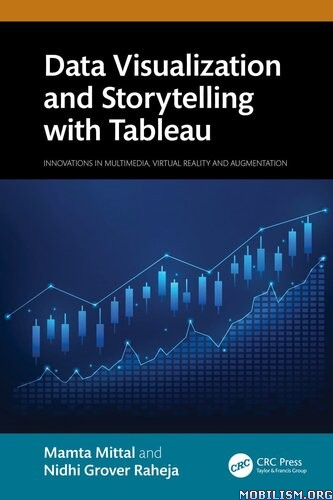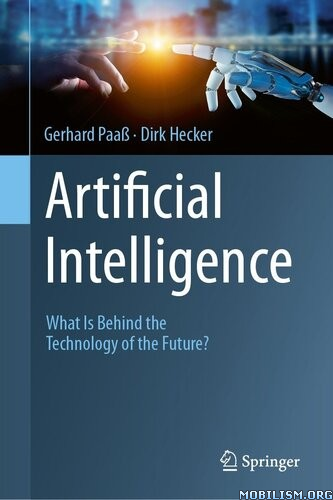Requirements: .PDF reader, 69.9 MB
Overview: Tableau, one of the most widely used visualization tools, helps in illustrating the ideas of data visualization and storytelling. Through Tableau’s Data Visualization and Storytelling feature, aspiring data scientists and analysts can develop their visual analytics skills and use them in both academic and business contexts. Data Visualization and Storytelling with Tableau enables budding data analysts and data scientists to develop and sharpen their skills in the field of visual analytics and apply them in business scenarios as well as in academic context. This book approaches the Data Visualization workflow from a practical point of view, emphasizing the steps involved and the outcomes attained. A major focus of this book is the application and deployment of real-time case studies. Later chapters in this book provide comprehensive coverage for advanced topics such as data storytelling, data insights, color selection in graphs, publishing in tableau public, and misleading visualizations. Thus, this book emphasizes the need to visually examine and evaluate data through stories and interactive dashboards that are made up of appropriate graphs and charts. The case studies covered in this book are a natural extension of the visualization topics that are covered in each chapter. This book is meant for data analysts, computer scientists/engineers, and industry professionals who are interested in creating different types of visualization graphs for a given data problem and drawing interesting insights from the plotted trends in order to make better business decisions in the future.
Genre: Non-Fiction > Tech & Devices

Download Instructions:
https://ouo.io/D6DyHe
https://katfile.com/bd2hd57vxqi4/Data_V … u.rar.html.



